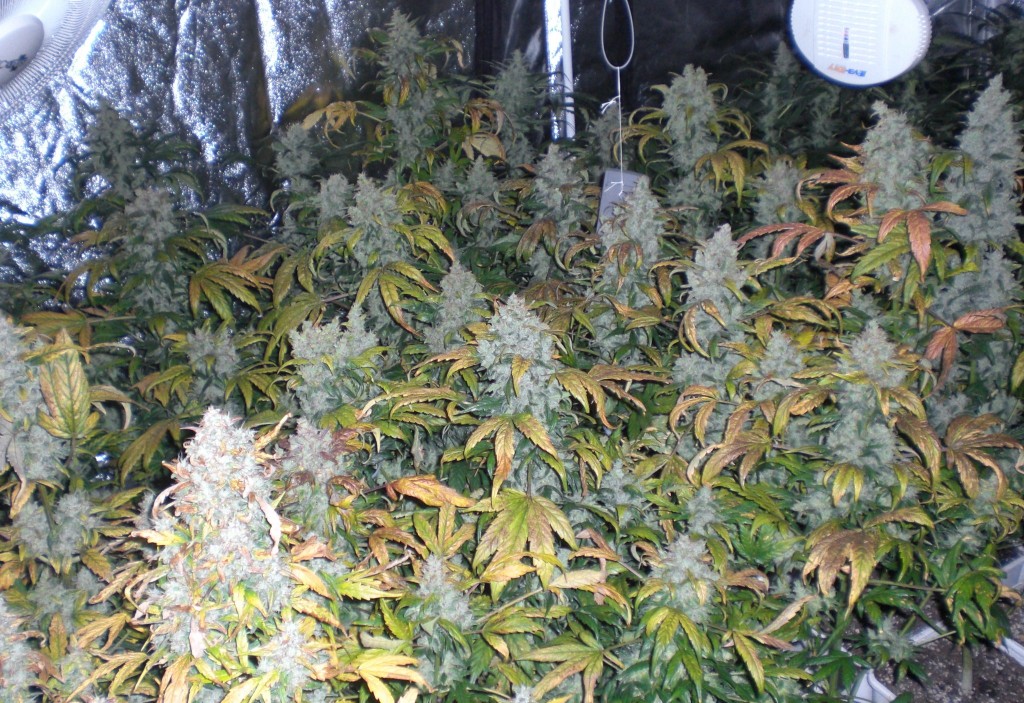In current several years, the cultivation of hashish has emerged as a considerable agricultural endeavor, especially in Canada, wherever progressive laws has paved the way for a burgeoning business. Amidst this development, the adoption of autoflowering hashish seeds stands out as a sustainable and environmentally welcoming tactic to cultivation. In this post, we delve into the ecological positive aspects of cultivating autoflowering cannabis in Canada, highlighting its function in minimizing drinking water usage, lowering vitality utilization, and reducing carbon emissions as opposed to common agricultural techniques.
Knowledge Autoflower Cannabis Cultivation
Autoflowering hashish crops are a marvel of nature’s adaptability. Unlike conventional cannabis types, which count on modifications in daylight to induce flowering, autoflowering strains quickly transition from vegetative growth to flowering soon after a predetermined time period, commonly 2-four weeks. This exceptional trait, derived from Cannabis ruderalis genetics, offers many environmental positive aspects when cultivated in Canada’s varied climates.
Reduced Water Consumption
Water scarcity is a rising problem globally, and agriculture is a major contributor to drinking water depletion. Conventional cultivation techniques frequently involve in depth irrigation programs to sustain plant expansion, specifically in areas with arid or semi-arid climates. In contrast, autoflowering hashish calls for significantly much less water all through its lifecycle.
Autoflowering crops have shorter vegetative phases as opposed to their photoperiod counterparts, resulting in reduced h2o requirements for the duration of this important development phase. Furthermore, check my blog and accelerated advancement rate permit cultivators to make use of drinking water more effectively, reducing wastage and conserving worthwhile methods. In a place like Canada, exactly where water conservation is paramount, the adoption of autoflowering hashish cultivation can contribute to sustainable water management techniques.
Lessen Electrical power Utilization
Energy intake is another vital thought in modern day agriculture, with conventional indoor cultivation techniques typically relying greatly on artificial lights, heating, and air flow techniques. These strength-intensive operations add to greenhouse gas emissions and environmental degradation. Autoflowering cannabis cultivation offers a additional energy-successful option, particularly in Canada’s northern regions where indoor growing is frequent due to harsh winters.
The swift flowering cycle of autoflowering crops lessens the period of synthetic lighting needed for exceptional progress. This translates to lower electrical power utilization and lessened reliance on fossil gasoline-derived energy resources. Additionally, the compact dimensions of autoflowering crops enables for a lot more efficient use of indoor area, even further optimizing energy utilization. By reducing the ecological footprint connected with electricity-intense cultivation tactics, autoflower hashish cultivation aligns with Canada’s dedication to transitioning to a greener and additional sustainable foreseeable future.
Decreased Carbon Emissions
Carbon emissions from agricultural routines lead drastically to climate improve, exacerbating environmental concerns this kind of as worldwide warming and habitat destruction. Regular farming procedures, which include the use of heavy machinery, artificial fertilizers, and very long-distance transportation, add to carbon emissions at numerous stages of the source chain. Autoflowering hashish cultivation delivers a suggests to mitigate these emissions and endorse carbon neutrality.
The compact dimensions and shorter expansion cycle of autoflowering plants decrease the need to have for significant-scale mechanization, reducing the carbon footprint associated with agricultural equipment. Moreover, the decentralized character of autoflower cultivation enables small-scale, neighborhood manufacturing, decreasing the reliance on prolonged-distance transportation and affiliated emissions. By embracing autoflowering hashish cultivation, Canada can bolster its attempts to cut down carbon emissions and beat climate change when supporting area economies and fostering local community resilience.
Summary
In conclusion, the environmental advantages of autoflower cannabis cultivation in Canada are manifold. From diminished water use and reduced vitality usage to lowered carbon emissions, autoflowering strains offer you a sustainable and eco-pleasant option to classic agricultural techniques. By harnessing nature’s performance and embracing innovation in hashish cultivation, Canada can pave the way in the direction of a a lot more resilient and environmentally mindful foreseeable future. As the hashish marketplace carries on to evolve, prioritizing sustainability will be important in making certain prolonged-term viability and reducing its ecological effect. By collaboration, innovation, and a determination to environmental stewardship, autoflower cannabis cultivation can enjoy a pivotal function in creating a greener and much more sustainable Canada for generations to come.

